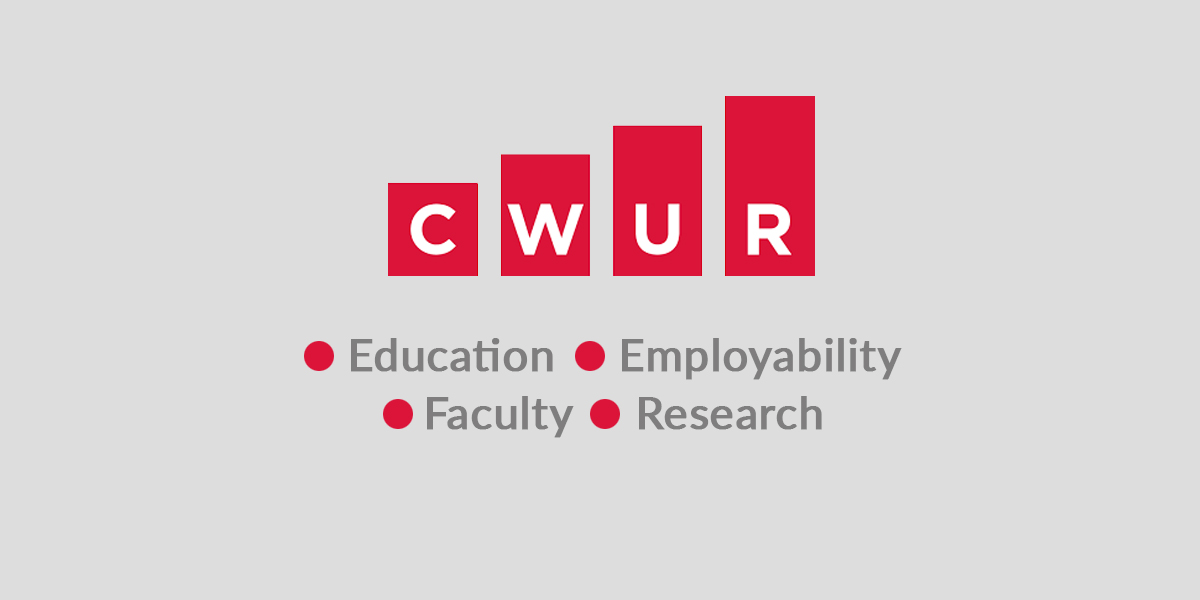The Center for World University Rankings, founded in 2012, is currently based in Sharjah, UAE, and has a distinctive methodology that assesses quality of education, quality of faculty and graduate employability, in addition to research output, quality and influence.
It relies on publicly accessible information and avoids surveys and data submitted by institutions.
There are currently seven indicators grouped in four areas:
- Education; academic distinctions achieved by alumni relative to size (25%)
- Employability; alumni who are CEOs of leading public companies (25%)
- Faculty; academic distinctions achieved by current faculty members (10%)
- Research; including number of articles (10%), articles in top-tier (10%) and highly influential journals (10%), and highly cited research articles (10%).
This year’s rankings, like previous editions, are dominated by the USA, which takes fifteen of the top twenty places. The remaining five are Oxford, Cambridge, UCL, Tokyo, and PSL University, France.
Harvard is in first place, followed by MIT and Stanford, Cambridge, and Oxford. China leads for number of universities in the top 2000, followed by the USA, Japan, the UK, and France.
Although American universities perform well, it is noticeable that the campuses of the University of California do poorly for employability.
The methodology appears to be biased against Asian institutions. There are no Mainland Chinese universities with a score for Faculty and only a handful with scores for Education. Similarly, the Indian Institutes of Technology do not receive scores for Faculty and Education although they usually have high scores for Employability.
Source: CWUR

